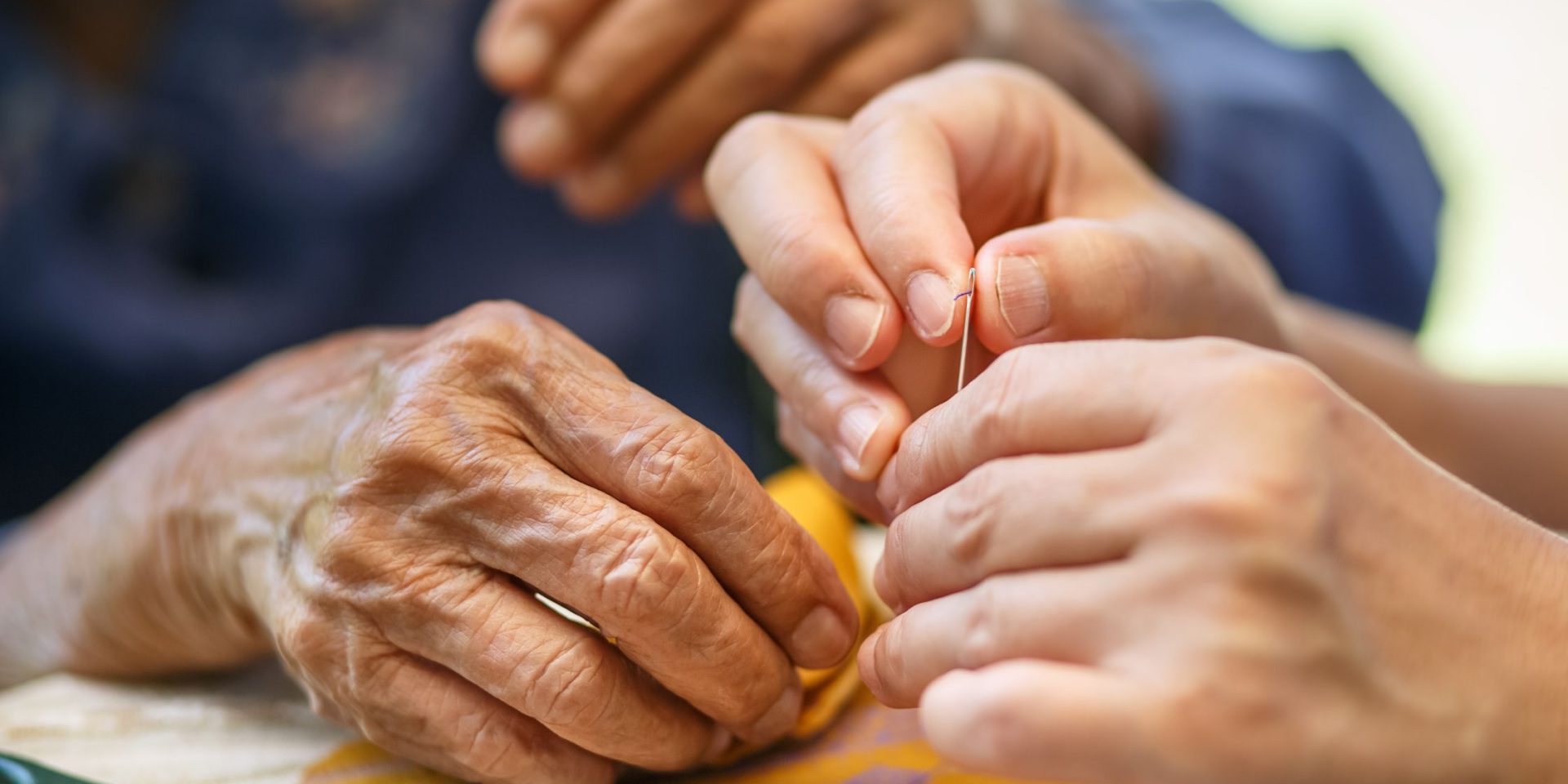Occupational Therapy in the Home Setting
OTs often work where it matters most – by delivering occupational therapy in the home, including assisted living environments.
For many OTs, being invited into a family’s home is a privilege that allows them to see the full picture of daily life and build meaningful relationships with the client and their families.
As we continue our recognition and celebration of OT Week, today we’re sharing two stories. One that took place in the home supporting a young child, and a second that took place in an assisted living environment supporting an elderly man with Downs Syndrome.
Occupational therapy in the home – supporting children
Let’s start with our paediatric OT, Taylor, who helped a family solve an important and everyday challenge faced by many parents, through assistive technology.
Taylor has been working in paediatric occupational therapy for nearly a decade, and she knows the importance of observing children in their home environment to understand the full picture.
During a home visit, she noticed that a four-year-old child had trouble getting on and off the toilet independently, which was causing daily struggles for the family. The parents had been lifting him, but Taylor knew that the right assistive technology could provide a safer more independent solution.
After testing different options, together with the family, Taylor found a specialised toilet step that worked perfectly for the child’s needs.
This tailored approach helped the child gain independence in toileting and also ensured the solution fit the family’s routine.
Occupational therapy in the home – supporting the elderly
In our second story, we hear from Jodie, a Generalist OT, who has been supporting on of her clients in a home setting after they transitioned from hospital care.
Jodie has been helping her client, a man in his early 60s with Down Syndrome, to improve his quality of life and gain more independence.
Jodie’s client had experienced a significant functional decline due to Alzheimer’s. After spending months in a hospital setting, where his condition worsened, Jodie helped to transition him to a supported living environment.
During his stay in hospital, he was nonverbal, highly agitated, and unable to walk or shower independently, requiring the assistance of three people to move him. Due to his fear of hoisting and general confusion, his daily care was distressing.
However, over the next four weeks, Jodie worked closely with him, his carers, and a physiotherapist to help him to function with less support structures in place. All while delivering occupational therapy in the home setting for her client.
Jodie introduced specialised equipment and helped her client build a sense of routine. With a patient and consistent approach, Jodie was able to implement a hoisting system that reduced his fear of movement, and for the first time in months, he could shower, sit up in a wheelchair, and even use the toilet with less assistance than he required previously.
As his comfort level increased, his emotional wellbeing improved. His caregivers noticed him interacting more, even showing a sense of humour, something they hadn’t seen in months. By adjusting his environment and therapy techniques, Jodie and the team helped him regain a small but significant level of independence.
Delivering OT adapted to the individual’s needs and environment
Jodie’s client story really showcases the impact of occupational therapy in creating client-centered plans that adapt to everyone’s needs and environment.
Her client clearly wasn’t thriving in an institutional setting where he felt uncomfortable, confused, and triggered. Once he moved to a home setting where he felt safer and could start to build more meaningful relationships with his consistent care team, he started to see progress.
There are still work to be done though, as Jodie continues to complete detailed reports advocating for the complex and expensive assistive technology that her client needs. These reports are crucial for securing funding from the NDIS to provide specialised equipment that will support his goals of living more independently.
Jodie’s ongoing advocacy ensures that her client has the best possible chance at regaining autonomy in a supportive living environment.
Continuing to share OT stories through OT week!
Follow along for the rest of the week on our social media platforms and on our blog, as we share more stories about how OT improve daily life for their clients through the delivery of occupational therapy in the home, in the community, and in many other settings.
Reach out if you are looking support for yourself or a loved one:


